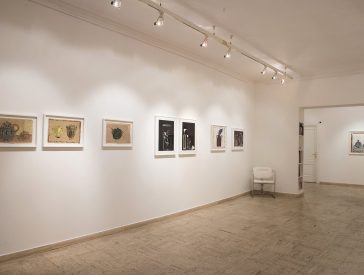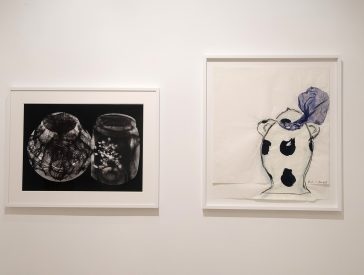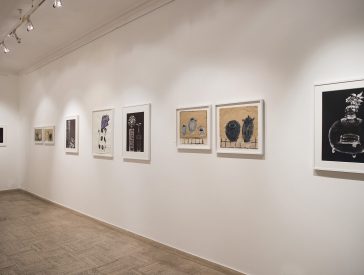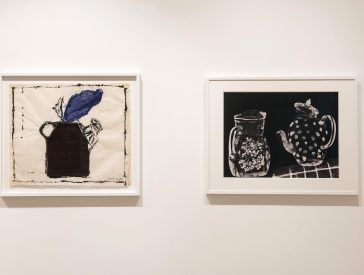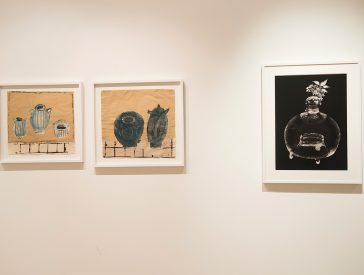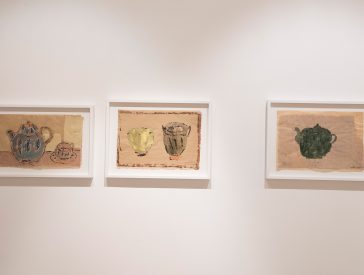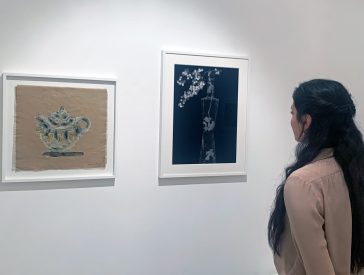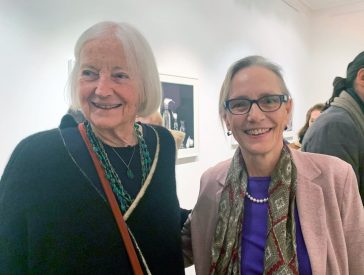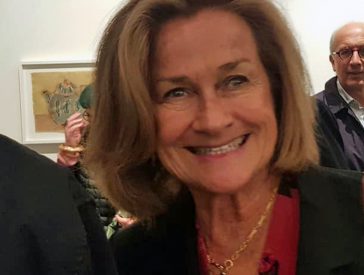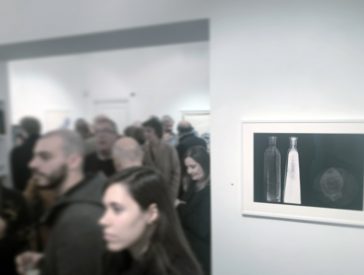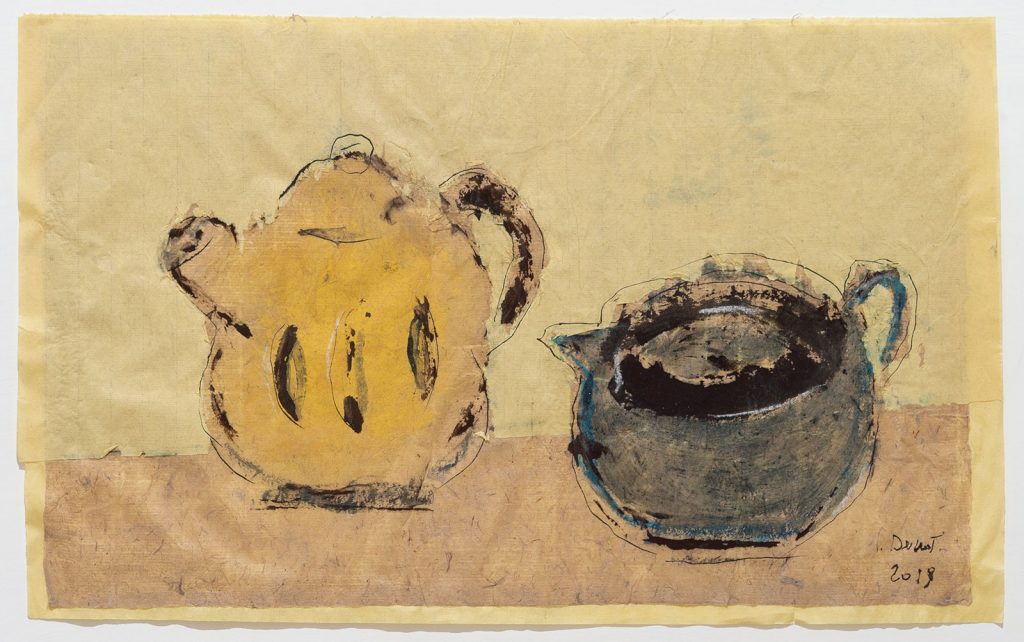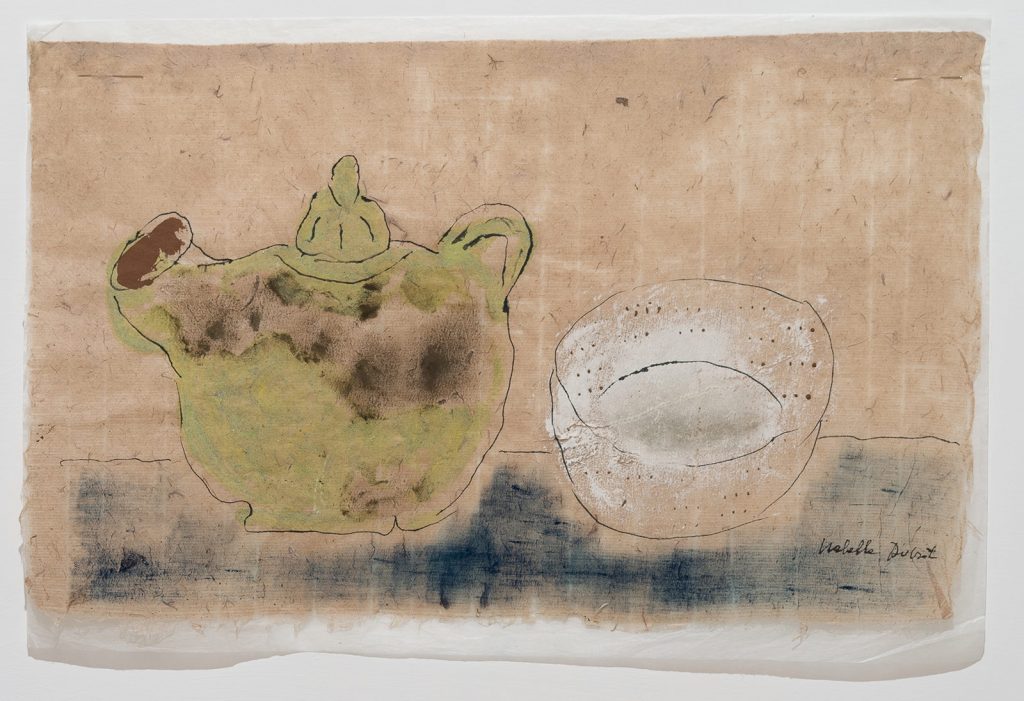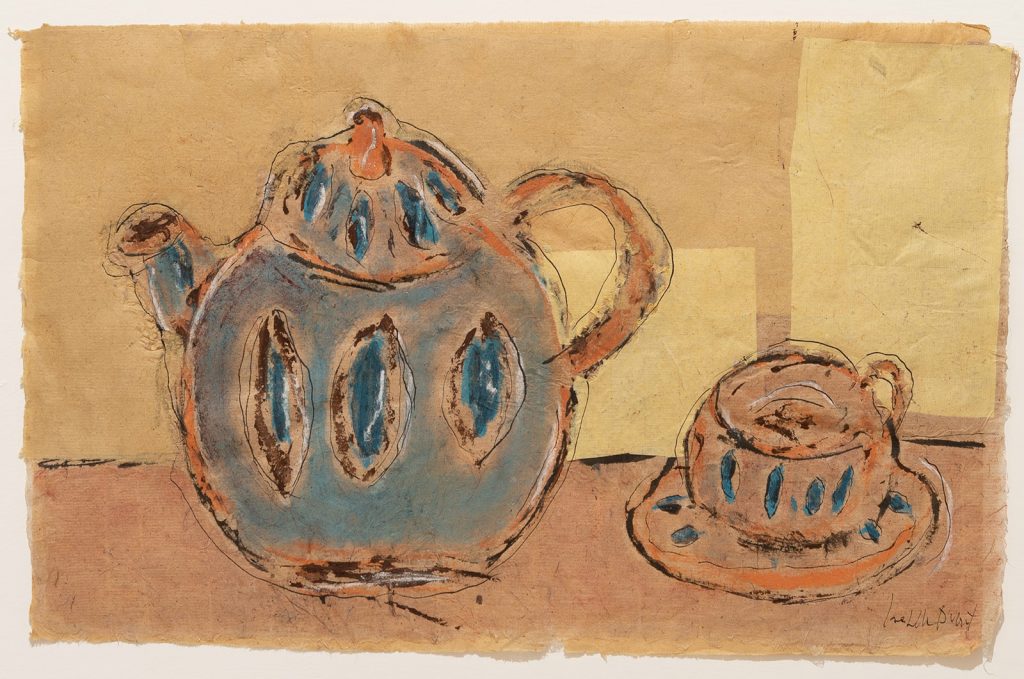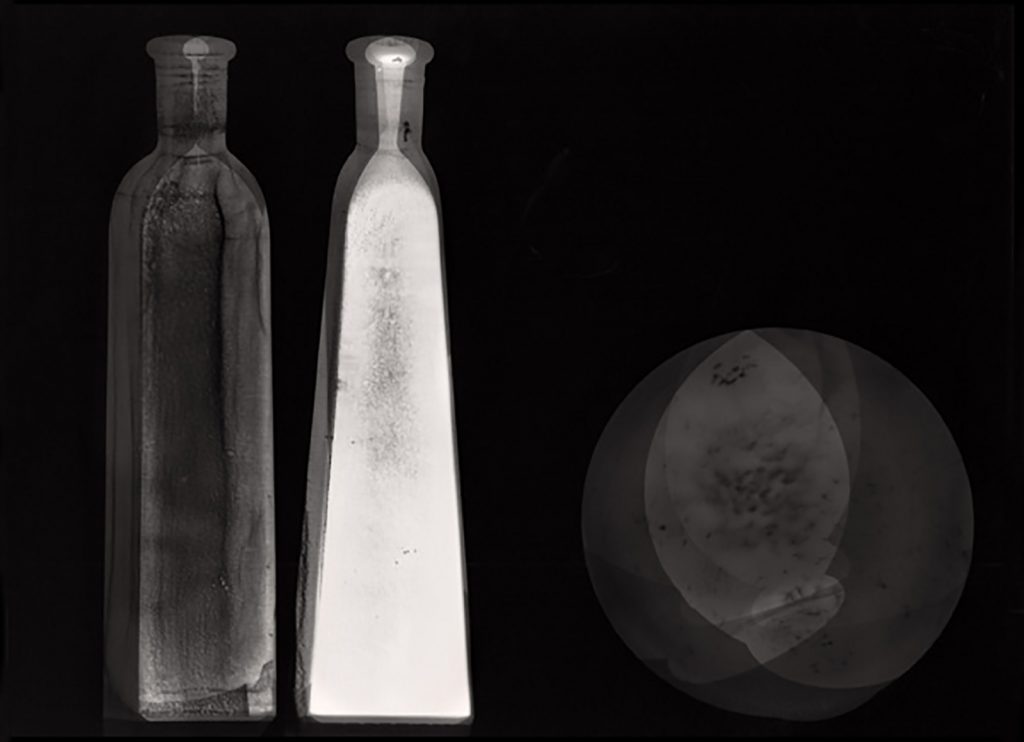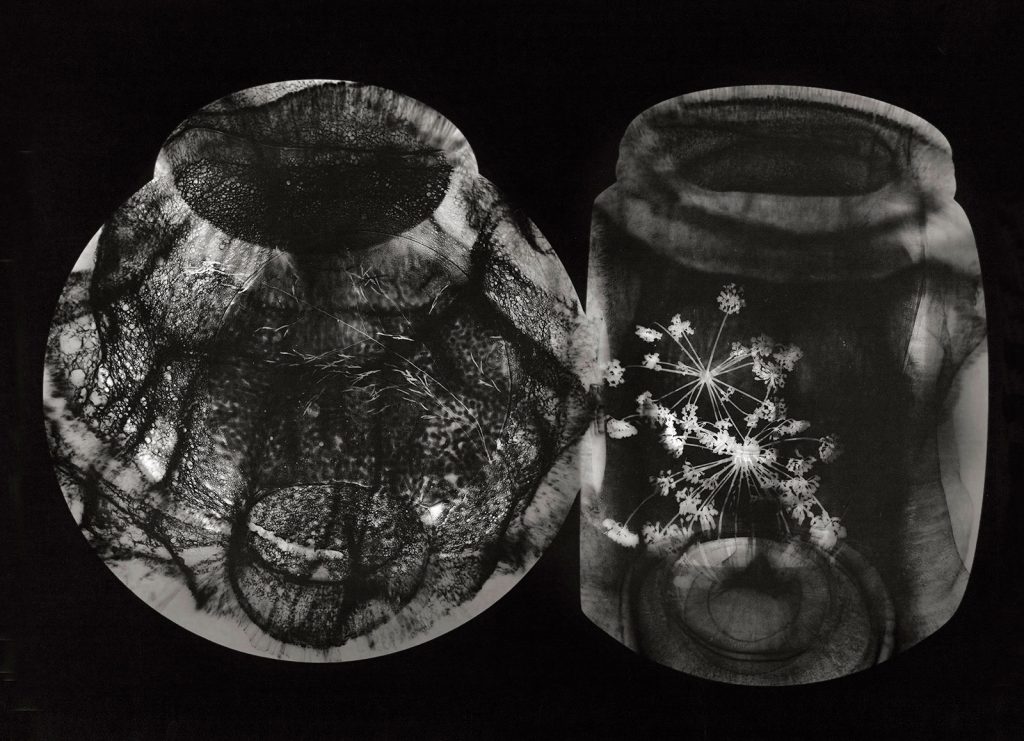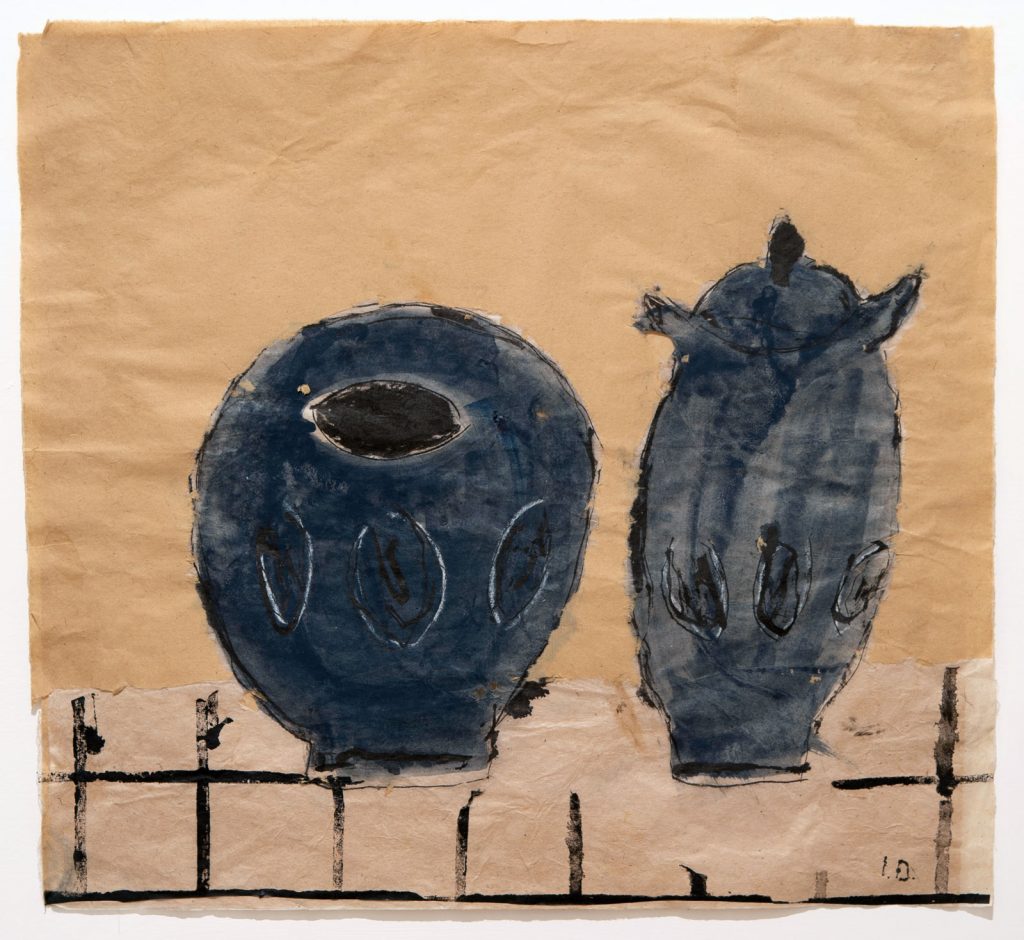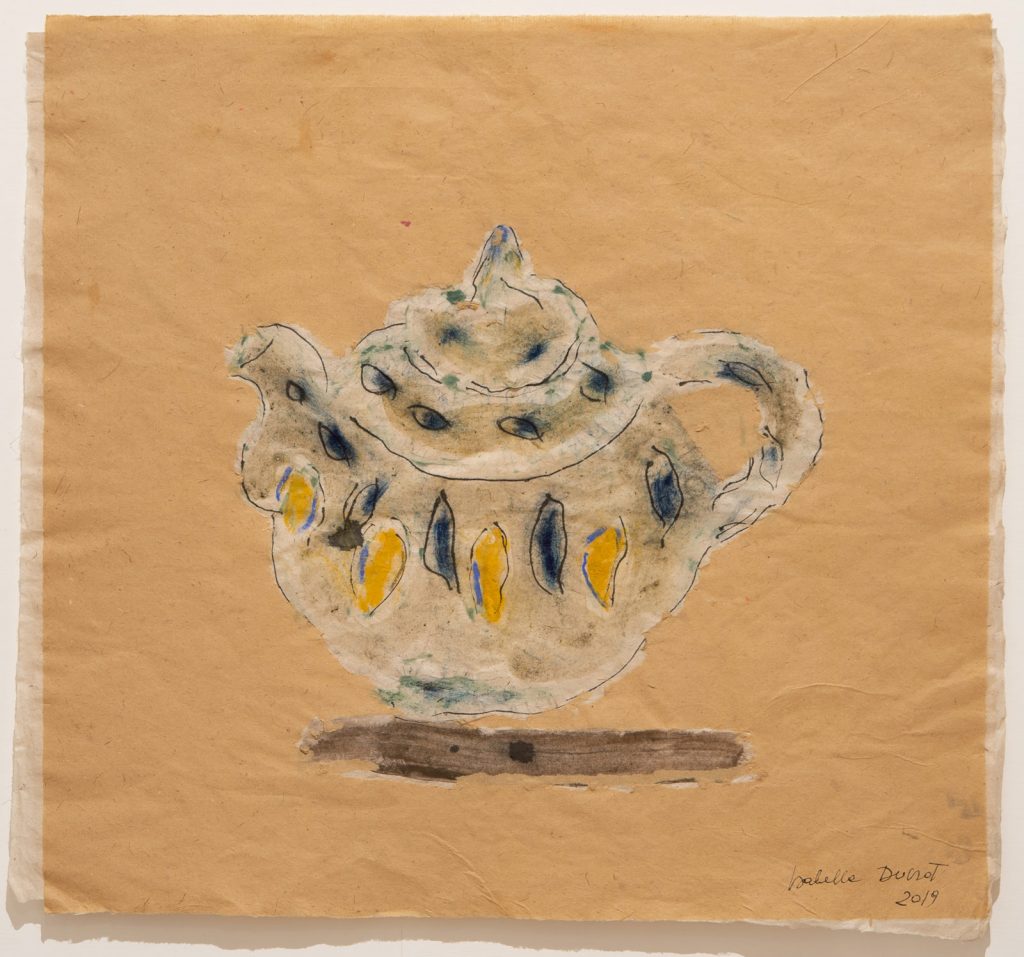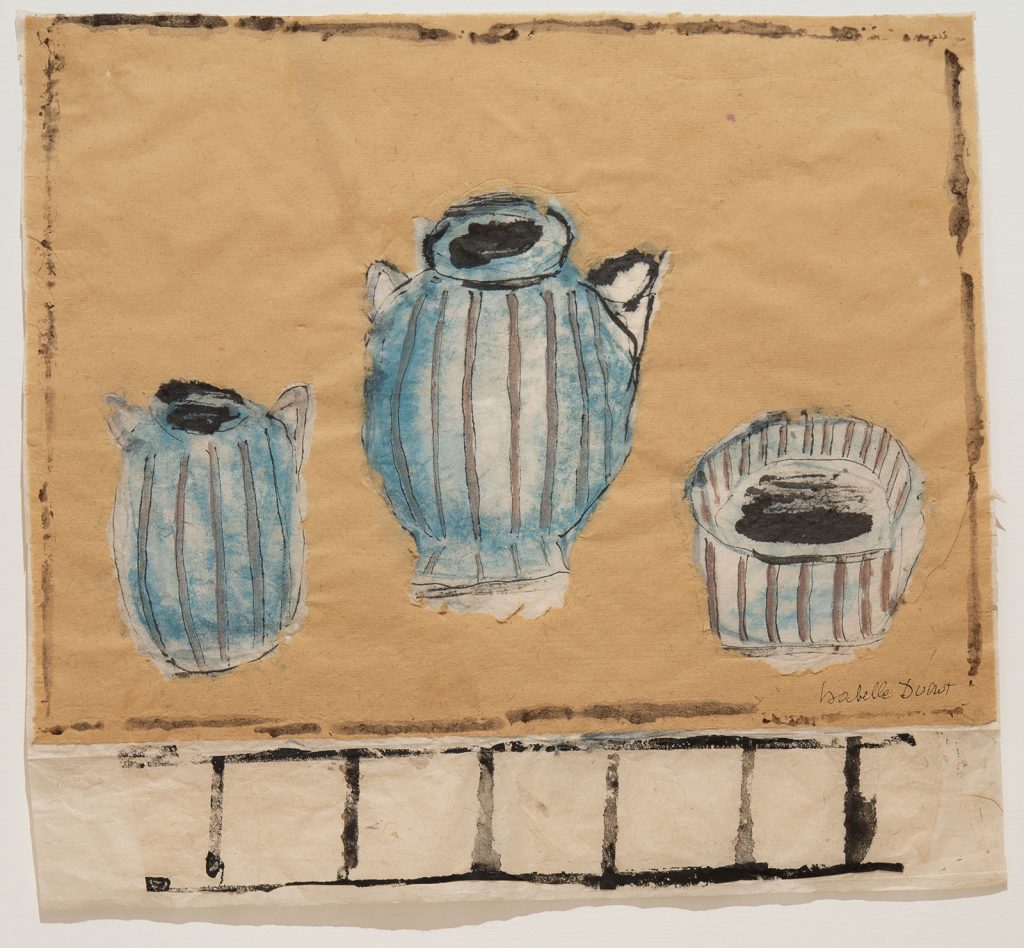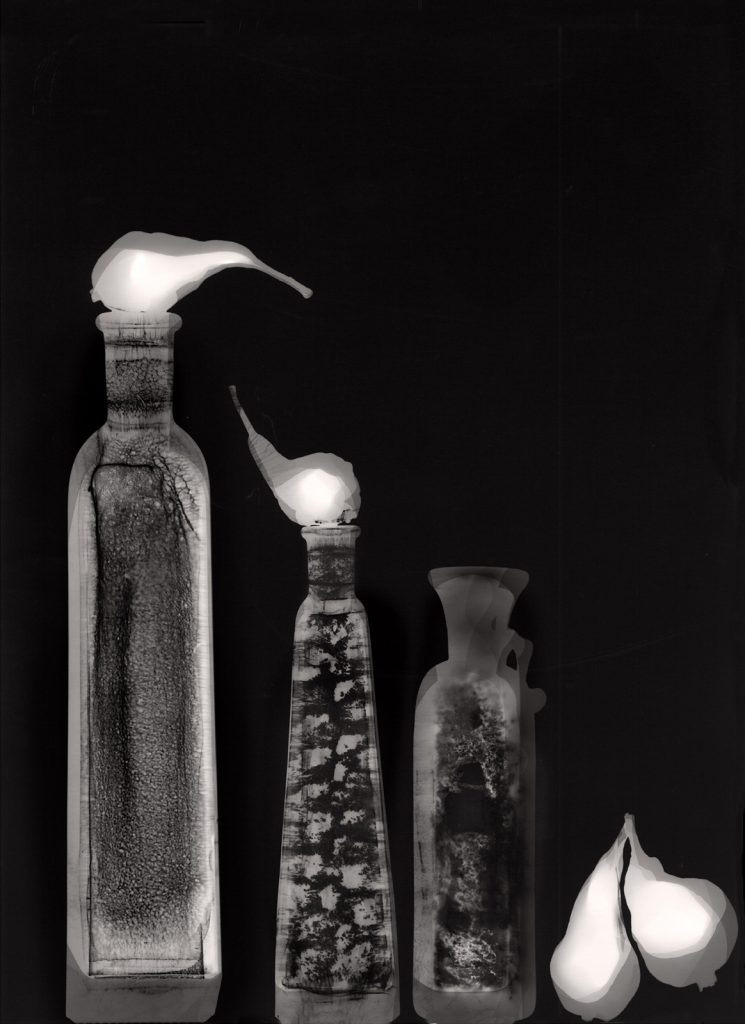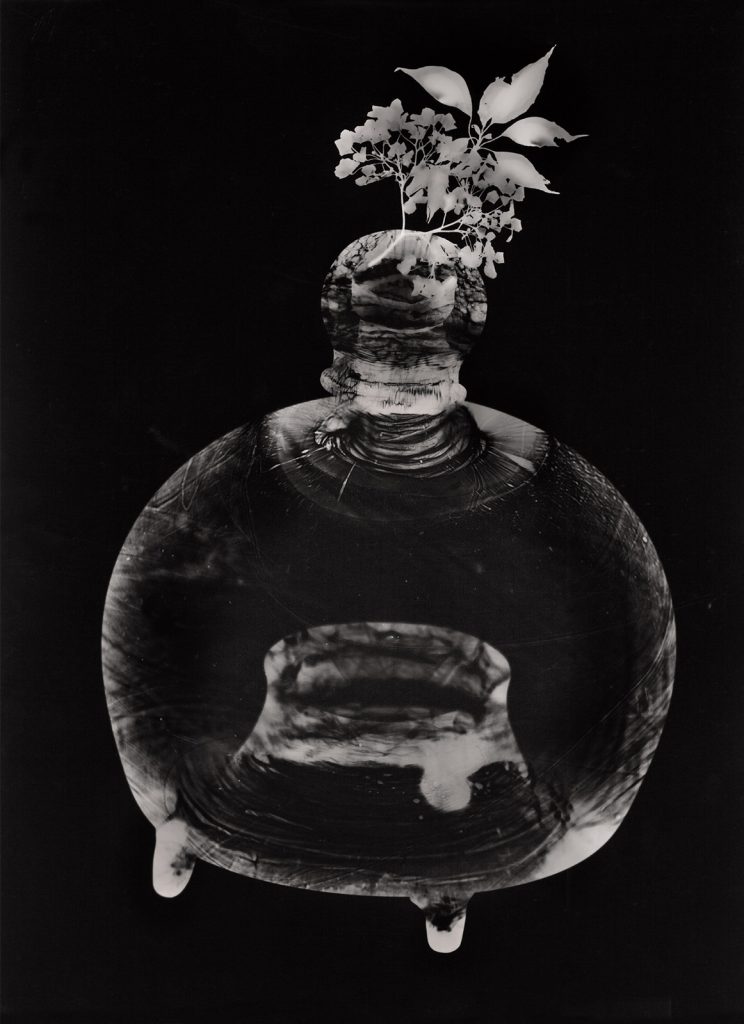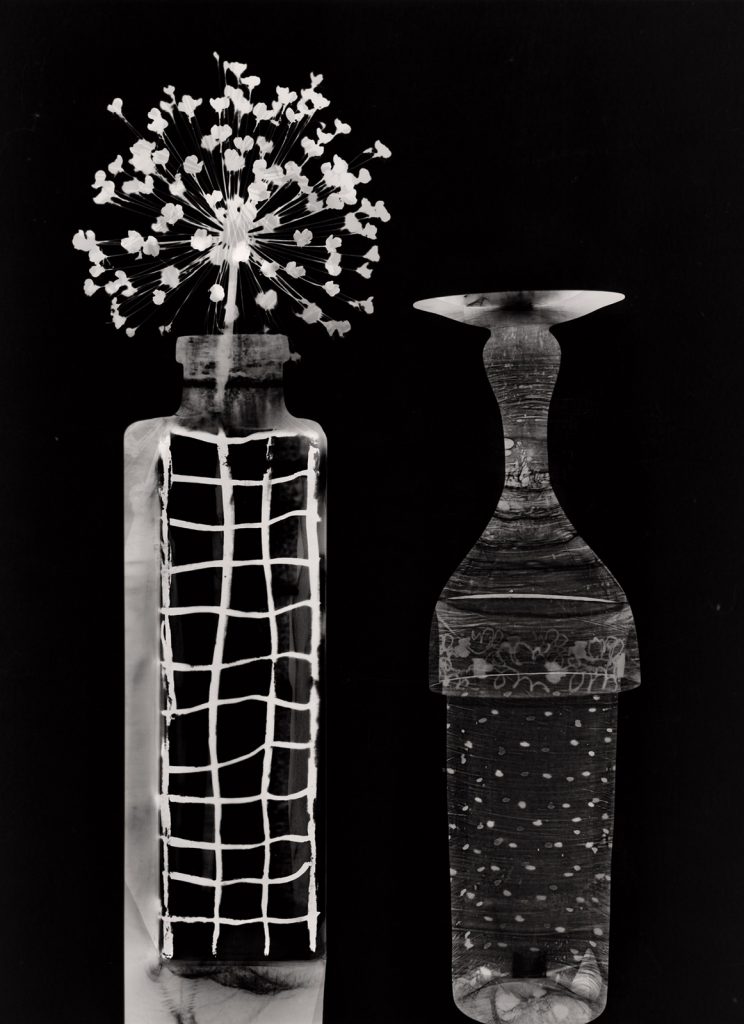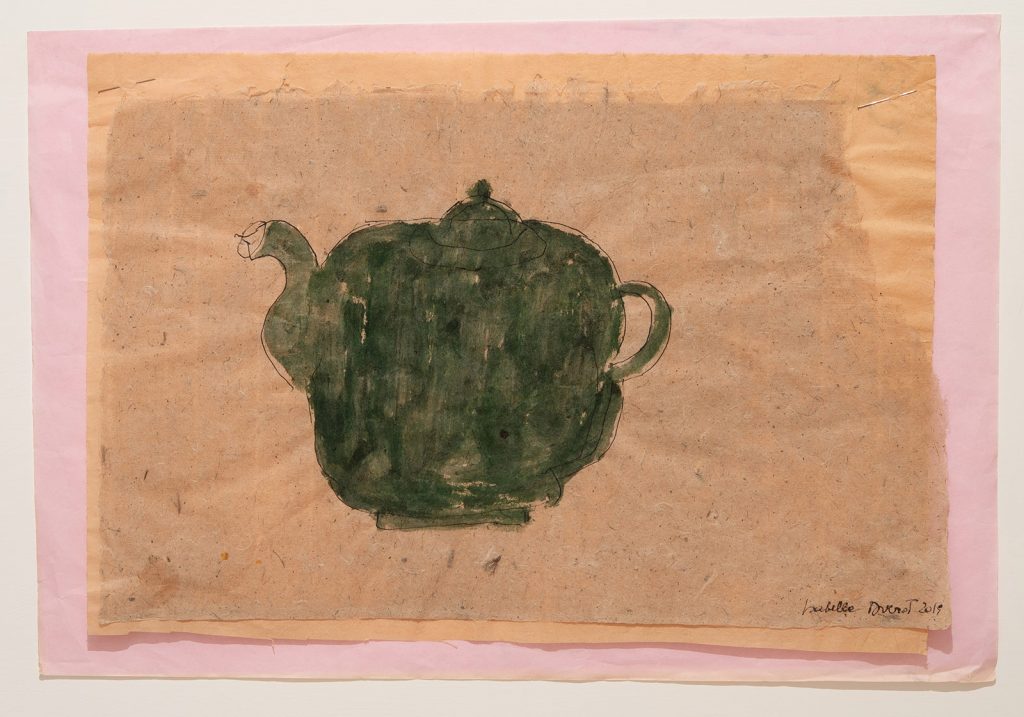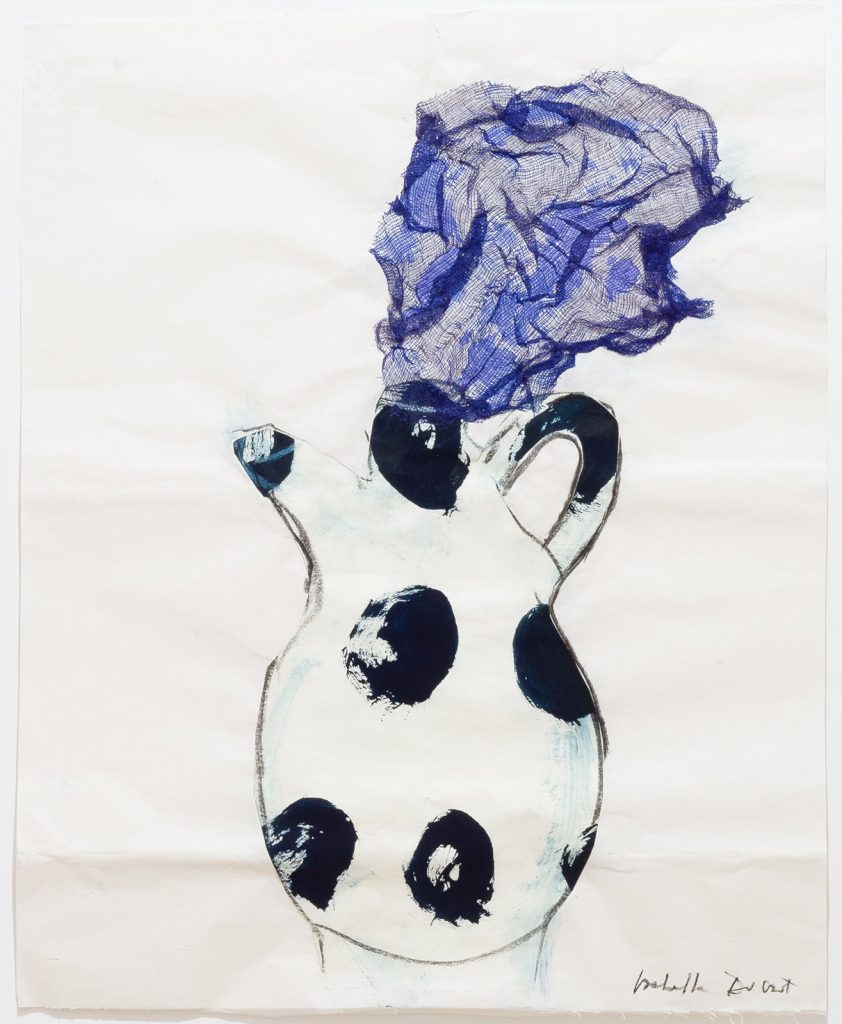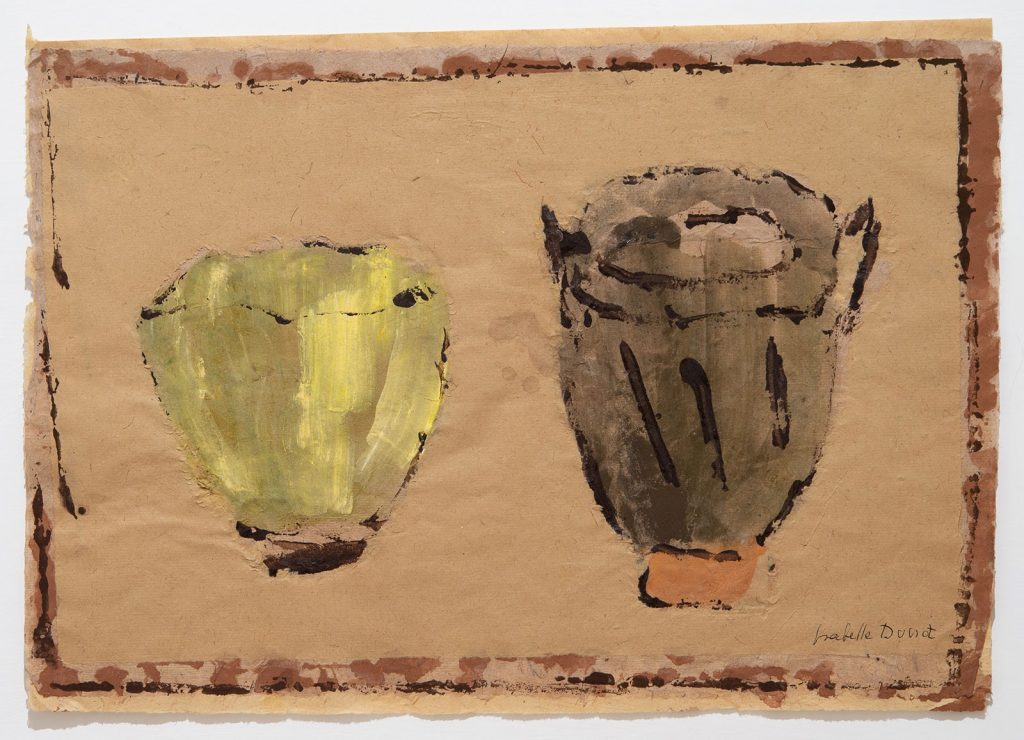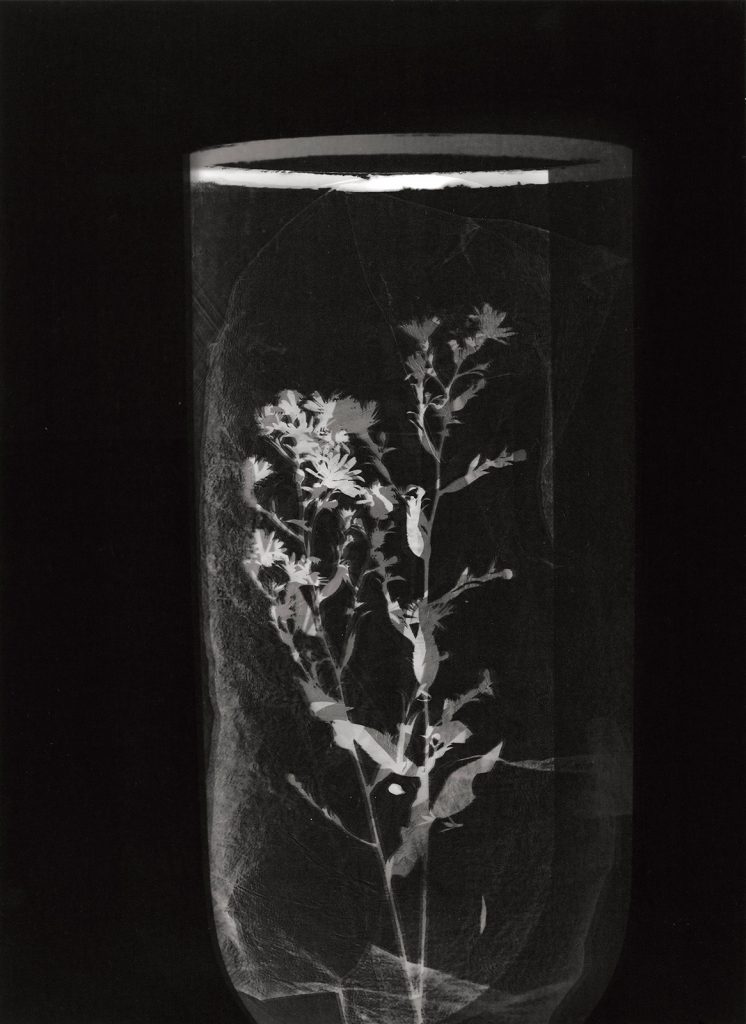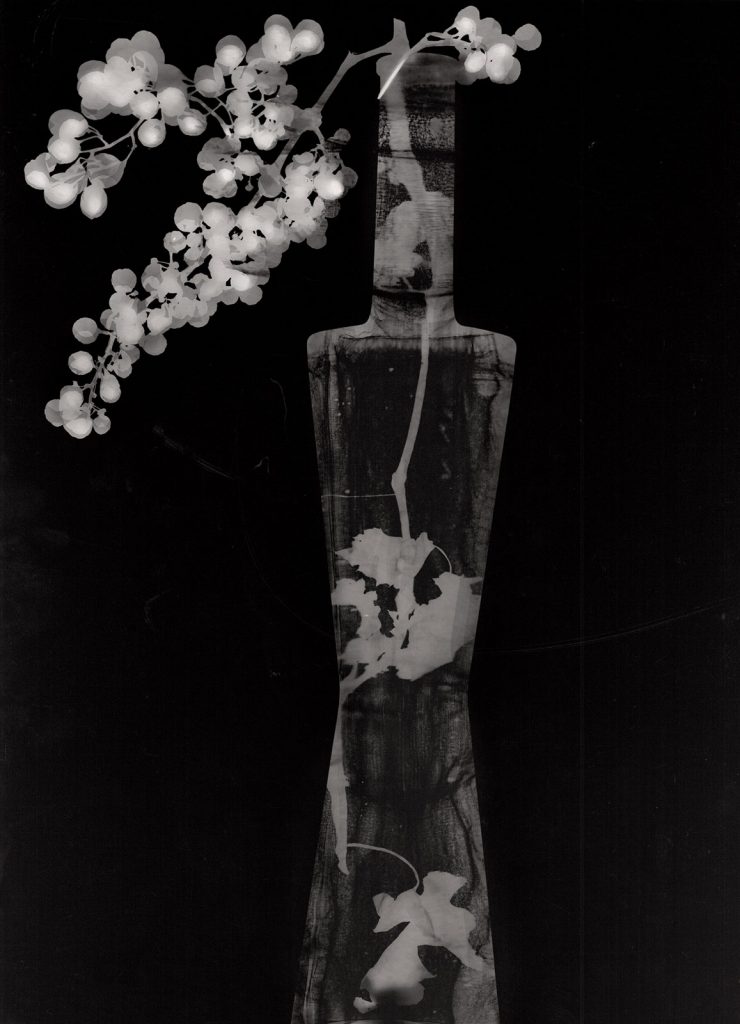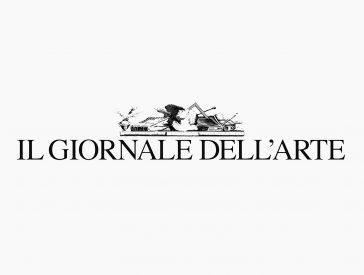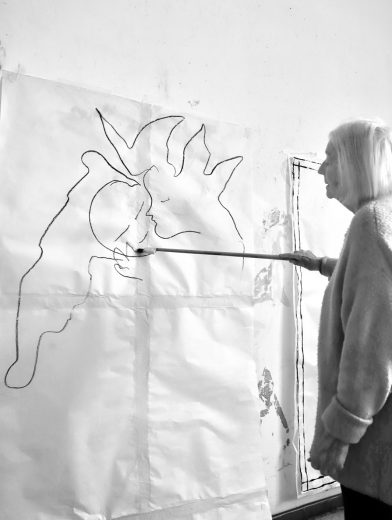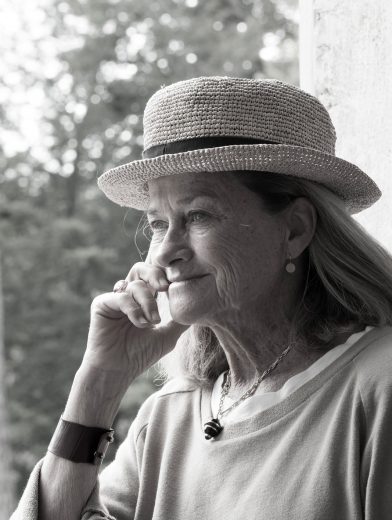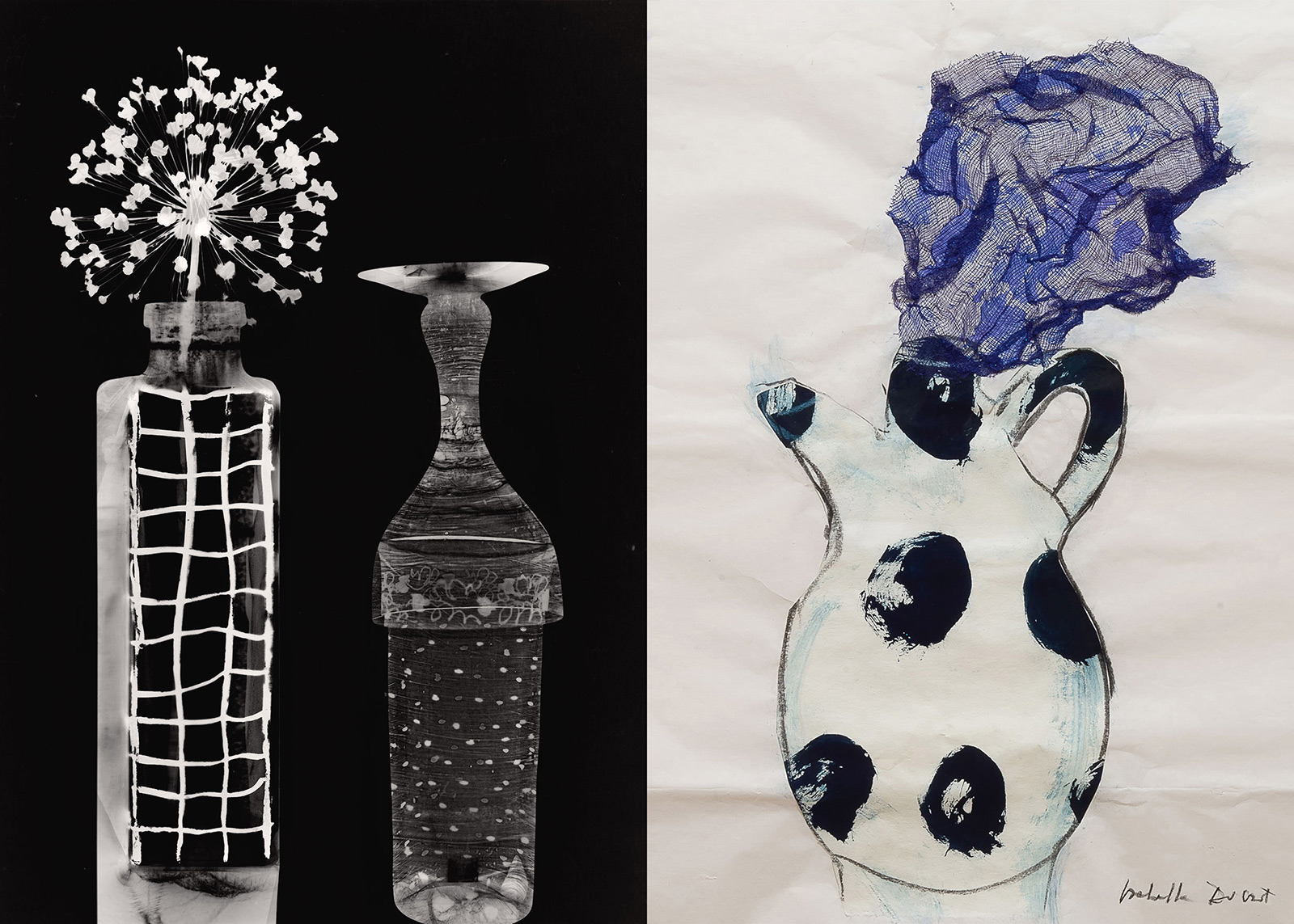
Questi nuovi fiori coltivati
che nascono d’inverno fuori tempo
e anche in luoghi che sono fuori luogo
hanno uno strano modo di morire.
Morti lo sono già, perché recisi,
perciò di loro si può osservare solo
il modo del disfacimento. Alcuni
d’improvviso si squagliano in pappette ripugnanti,
altri aprono i petali ormai arresi
ma poi come storditi ci ripensano,
si fermano, tornano indietro a chiudersi
secchi e impalliditi.
– Patrizia Cavalli
Maja Arte Contemporanea is delighted to host the double personal exhibition including works by Isabella Ducrot and Claire de Virieu. Patrizia Cavalli has dedicated an unseen poem to the Show.
The works by both artists are all recent; together they form a visual dialogue, an interlacing of the images caught through de Virieu’s creative use of photo techniques in the darkroom with those captured by Ducrot’s savvy manipulation of pigments on paper.
The dialogue is not intimate; rather, it dynamically transforms the gallery into a theatre where the pictures become veritable narratives that beckon across the space finding consonances in one another. The works of the two artists connect through shared themes – the vases and the still lives – that surprise viewers in their dissonant dynamism. The dialogue is constructed in counterpoints, with specular themes chasing at each other incessantly.
Ducrot‘s vases are irreverent for the viewer: the objects disrupt an apparently ephemeral space; the latter is a place ‘out of place’, one without distinctive markers, other than the occasional chequered table cloth or the waves. “Their raison d’être is reliant upon their beauty. There is nothing natural about them; they are mere artifice. The artist portraying the vases must have seen ‘life’ spring from them in their pleasing shapes; for this reason, they were painted or photographed.” (Isabella Ducrot)
The haughtiness of their solitary beauty at times falters; it surrenders to the breadth of space they contain, as they are, after all, but containers. Their inside rebels, evaporating and defying form – the rotundity it ought to belong to – and vanishing in new, unexpected shapes.
De Virieu‘s photogrammes restrict the absolute beauty of the vases portrayed; they urge the glance away from the surface and towards what lies beyond visible shapes. They seem to want to break free of space and time, lying in between container and content, between what seems (phenomena) and what is. They thus straddle the line between from and substance by playing with light and shadow, dark and whiteness, the visible and desire, ultimately, allowing these to bleed together. De Virieu’s vases, whose content has not dissolved but rather lingers on, are imbued with all the prowess of an unexpected vitality. She says of her work, “In the darkroom, without camera or film, the photographer can directly shape matter: choosing how to create by playing with light and shadow, shaping their dialogue, their struggle, and thus generating an image. The photographer’s hands act on translucent objects placed on a sensitive surface; without specific contours, the image has to yield and echo the photographer’s desire.” (Claire de Virieu)
Selected works
Gallery
